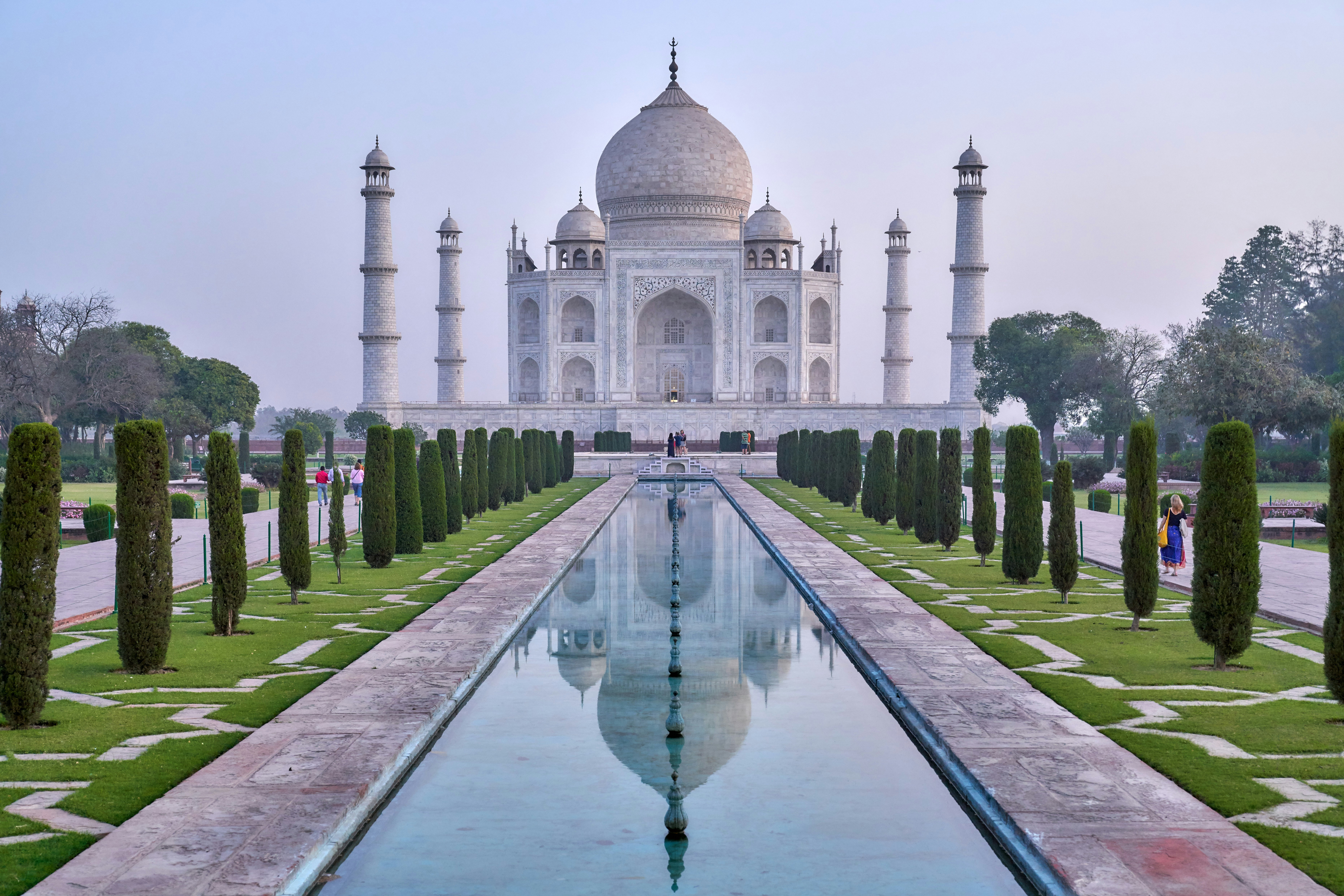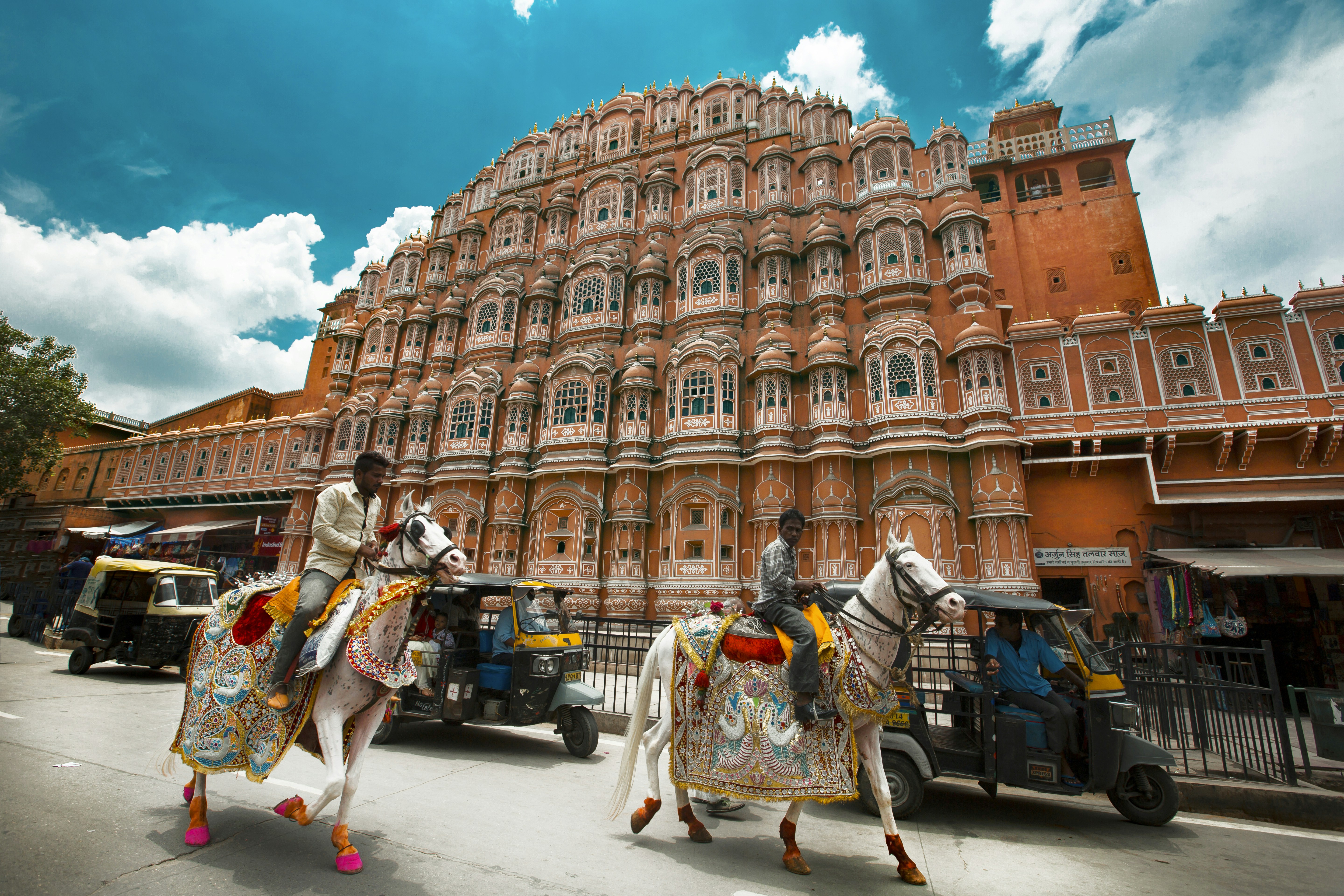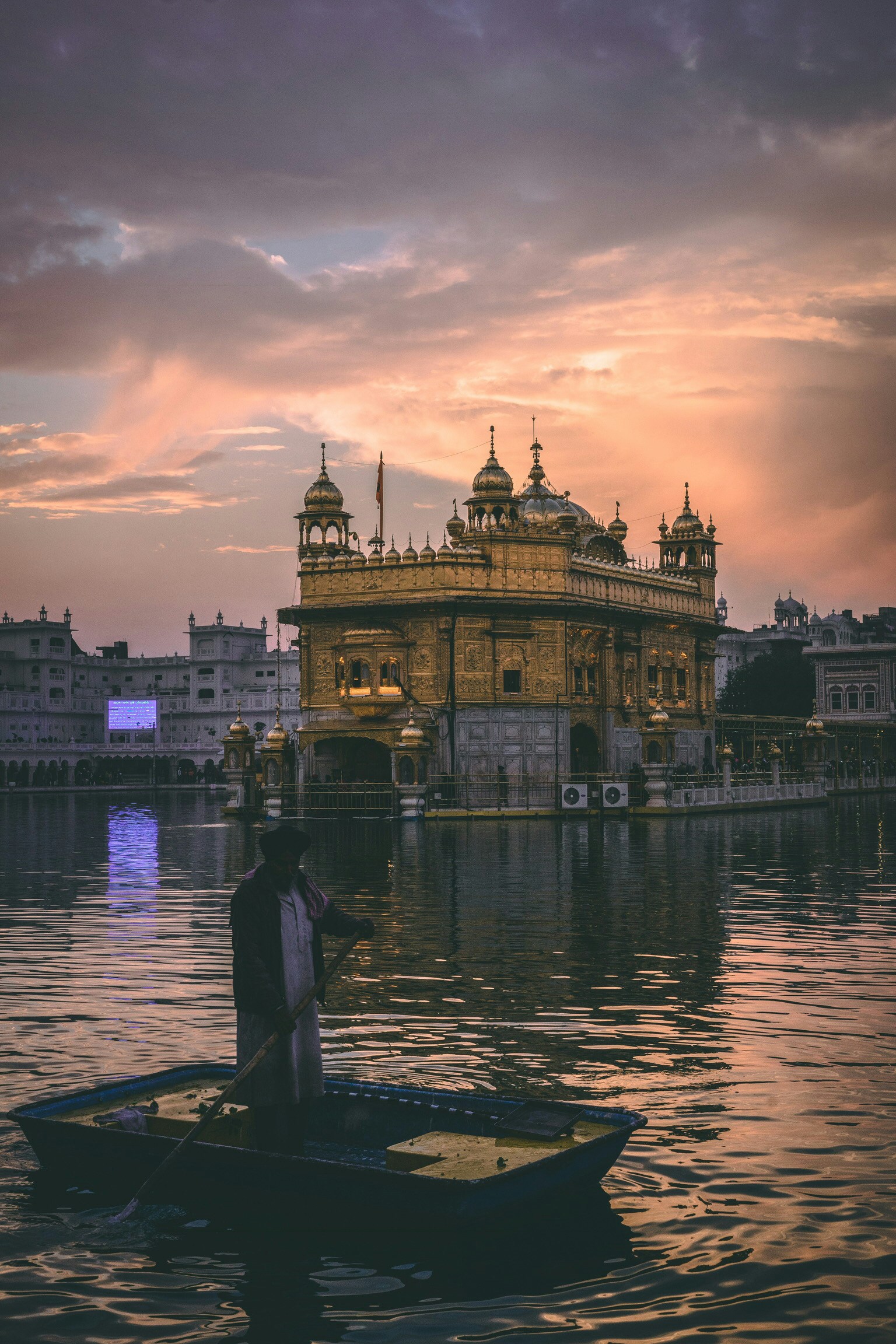Featured Destinations

Taj Mahal, Agra
A stunning symbol of love and architectural marvel.

City Palace, Jaipur
Experience the grandeur of Rajasthani architecture.

Kerala Backwaters
Serene waterways and lush greenery await you.
Explore India
Interactive map coming soon! Explore India's diverse landscapes and cultures.
Plan Your Adventure
Popular Categories
- Historical Monuments 14
- Beach Getaways 8
- Mountain Retreats 10
Travel Tips
The best time to visit India depends on the region. Generally, October to March is ideal for most parts of the country.
Most visitors need a visa to enter India. E-Visas are available for many nationalities. Check the official Indian government website for details.